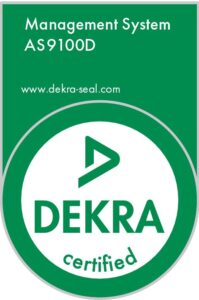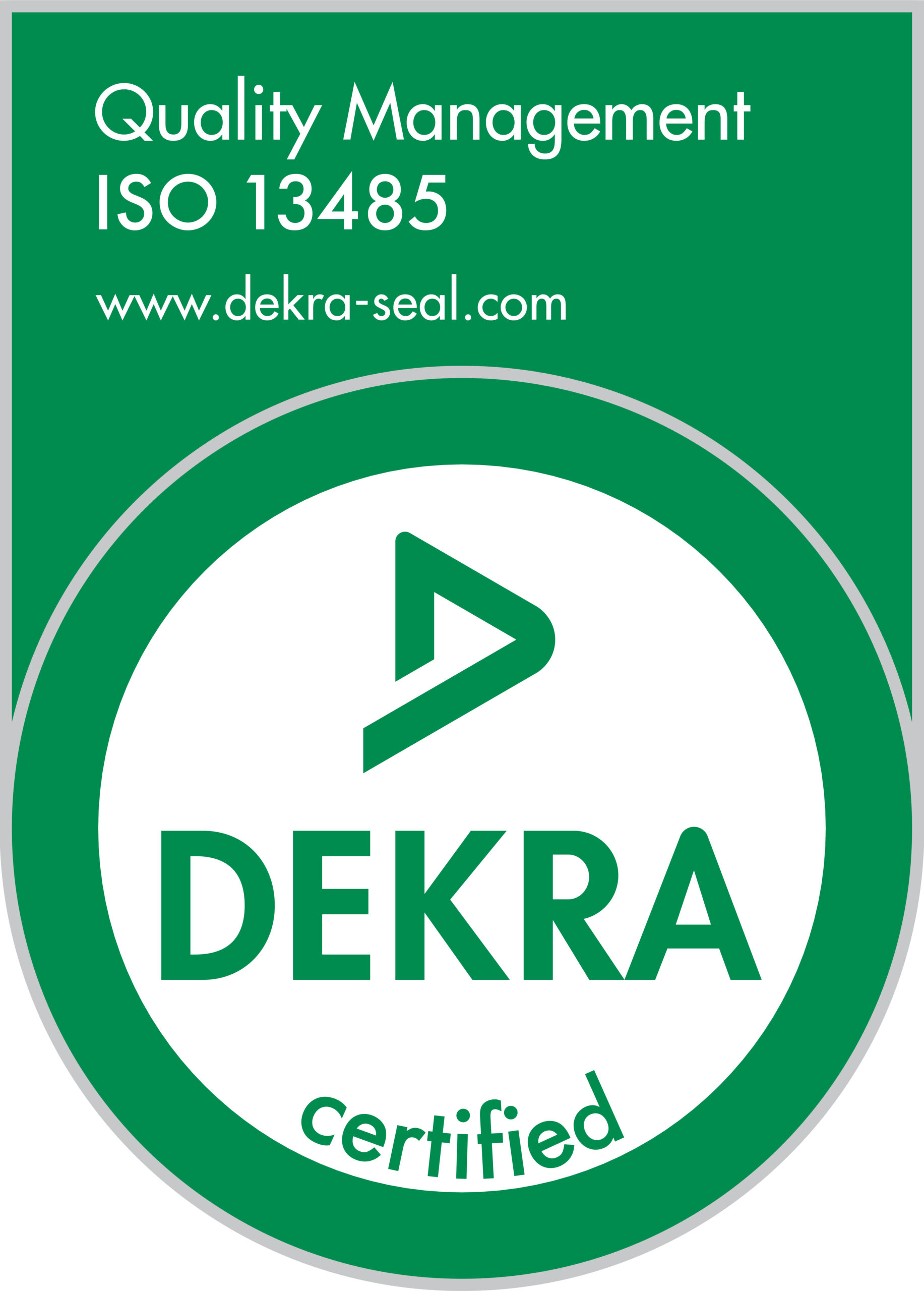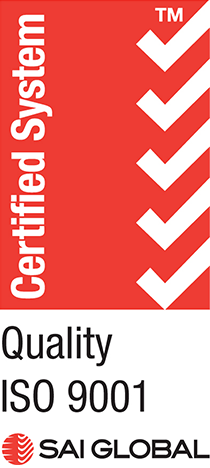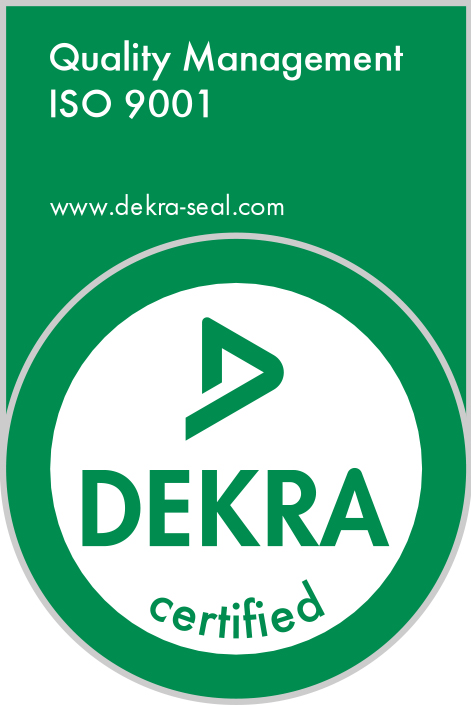Fasteners are an important part of advanced manufacturing processes. They join parts in machinery and provide stability under different conditions. The threaded fasteners B&G Manufacturing produces serve many industries, such as aerospace, medical, and energy.
Manufacturers typically use one of two techniques to create threads- rolling and cutting. This article looks at the differences between rolled threads and cut threads. It also explores how the threading method affects the fasteners’ applications.
Roll Threads
Let’s take an example of threaded bolts. When creating this type of fastener, manufacturers deform a blank bolt by rolling it between a set of steel dies. The dies have a profile that is opposite to that of the desired threaded shape. You can also use flat plates in place of cylindrical dies.
The die profile protrudes into the outer or inner surface of the bolt, forming external or internal threading. This process creates compressive forces on the bolt and strengthens it. It also removes any surface defects that may cause cracks or concentrate stress.
Rolled threads have more tensile strength and resistance to fatigue compared to cut or ground options. They also have a better profile and accurate dimensions.
Cut Threads
Regarding the cutting technique, manufacturers create threading on a blank fastener by removing material. They use specialized tools such as a die or tap to serve the metal grain structure, producing the desired thread shape.
With a cutting die, the tool spins around the blank, working down its body. When using a tap or single-point tool, a vise holds the fastener blank. The vise spins the blank as the tap presses onto it to create the threads.
Machined threads are not as strong or fatigue resistant as rolled threads. The technique affects the strength of the fastener. Also, this technique can produce surface imperfections such as burrs. These defects may cause stress concentrations.
Both types are created using a cold forming process. However, manufacturers can perform heat treatment with the cutting technique to create threads that are just as strong as rolled ones.
When to Use Fasteners with Rolled Threads
The ideal use cases of these types of fasteners are critical applications where high strength and reliability are important. These may include aerospace, heavy construction, and automotive. You can find rolled threads in industrial fasteners such as bolts, rods, screws, and studs. The work hardening from the rolling process produces threads that are about 30% stronger than cut ones of similar size.
Rolled threads are also the better option where precision is important. This is because they offer better dimensional accuracy and superior thread profiles. Since the rolling method does not remove material, the resulting thread pitch is consistent.
If you are a precisions parts manufacturer, you may favor rolled threads. In addition, if you are working with large volumes, it tends to be the cheaper option. The process uses a smaller diameter blank and produces no waste.
When to Use Fasteners with Cut Threads
There are three main benefits to using the cutting method. Machined threads are relatively easier to produce and offer flexibility when it comes to manufacturing. You can create a wide range of shapes and sizes.
This is especially important for a custom fastener supplier who has to cater to non-standard specifications. It’s also easier to modify or repair the threads when you need to. A great use case where the flexibility of cut thread fasteners is beneficial is medical applications. Medical devices rely on specialty fastener solutions.
Machined threads also have a neat and clean finish. These fasteners can be ideal if aesthetics is important for your application.
Since cut thread fasteners are not as strong as rolled threads ones, you can use them for applications where high strength is not a critical factor. These may include general manufacturing and light construction projects.
However, machined thread fasteners that have undergone heat treatment offer the same strength as rolled thread pieces. If you have a high strength application that requires custom specifications, they can be a viable option. The caveat is that you have to consider the added cost of heat-treated pieces. If you are working with low volumes, cut threads is the more cost-effective option.
Which is the Better Option?
For industrial fasteners, the type of threading will depend on the requirements and considerations of your specific application. Rolled threads and cut threads each have their pros and drawbacks.
When it comes to advanced machining, the most important factors are strength, precision, durability, and cost-effectiveness. In many cases, both options are interchangeable, where cost becomes the main consideration.
Regardless of your choice and use case, it’s important to source quality products from a reliable fastener supplier. B&G Manufacturing specializes in precision manufacturing for critical applications. We offer a wide range of standard and custom fasteners to suit different markets and applications. Feel free to contact us today to find ideal solutions for your fastener needs.


 Hatfield
Hatfield

